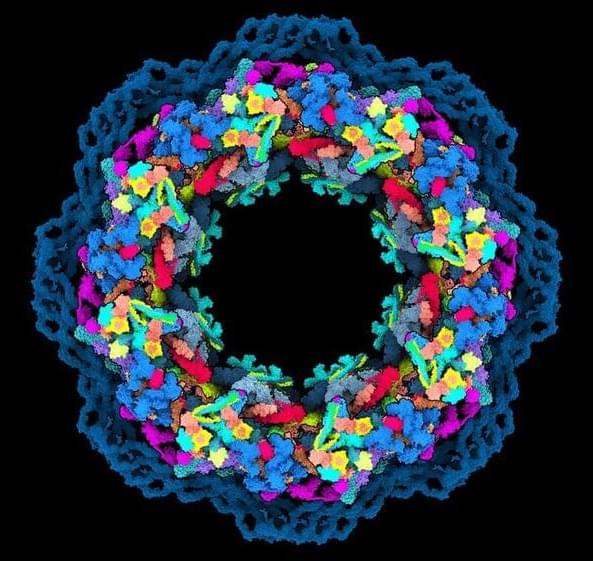Nov 25, 2021
Science, industry team up in Italy to zap virus with laser
Posted by Quinn Sena in categories: bioengineering, biotech/medical, genetics, particle physics, science
ROME, July 2 (Reuters) — A United Nations-backed scientific research centre has teamed up with an Italian tech firm to explore whether laser light can be used to kill coronavirus particles suspended in the air and help keep indoor spaces safe.
The joint effort between the International Centre for Genetic Engineering and Biotechnology (ICGEB) of Trieste, a city in the north of Italy, and the nearby Eltech K-Laser company, was launched last year as COVID-19 was battering the country.
They created a device that forces air through a sterilization chamber which contains a laser beam filter that pulverizes viruses and bacteria.


















